S'sonic
Stealth
Menu
A free template by Lucknowwebs.com for WYSIWYG WebBuilder 8
Powered by Sispro1-S
Nigel G Wilcox
Paragon Of Space Publication
© Copyright Reserved - United Kingdom
Ideal Screen Composition 1024 x 768
SITEMAP
PSEUDO SCIENCE
SCIENCE RESEARCH
ABOUT
Desk
Supersonic
Stealth
Study
Menu
MAIN INDEX
Fastest Air Planes
Space
Transport
Menu
http://military.wikia.com/wiki/SEPECAT_Jaguar?file=Cockpit_of_Jaguar_GR.3A.jpg
C-17 Globemaster III
The Boeing C-17 Globemaster III is a large military transport aircraft. It was developed for the United States Air Force from the 1980s to the early 1990s by McDonnell Douglas. The C-17 carries forward the name of two previous piston-engined military cargo aircraft, the Douglas C-74 Globemaster and the Douglas C-124 Globemaster II. The C-17 commonly performs tactical and strategic airlift missions, transporting troops and cargo throughout the world; additional roles include medical evacuation and airdrop duties. It was designed to replace the Lockheed C-141 Starlifter, and also fulfill some of the duties of the Lockheed C-5 Galaxy, freeing the C-5 fleet for outsize cargo.
Range: 6,456 mi Length: 173.88 ft Wingspan: 169.78 ft Cruising speed: 830 km/h (515.74 mph) Passengers: 158 Introduced: 14 Jul 1993.
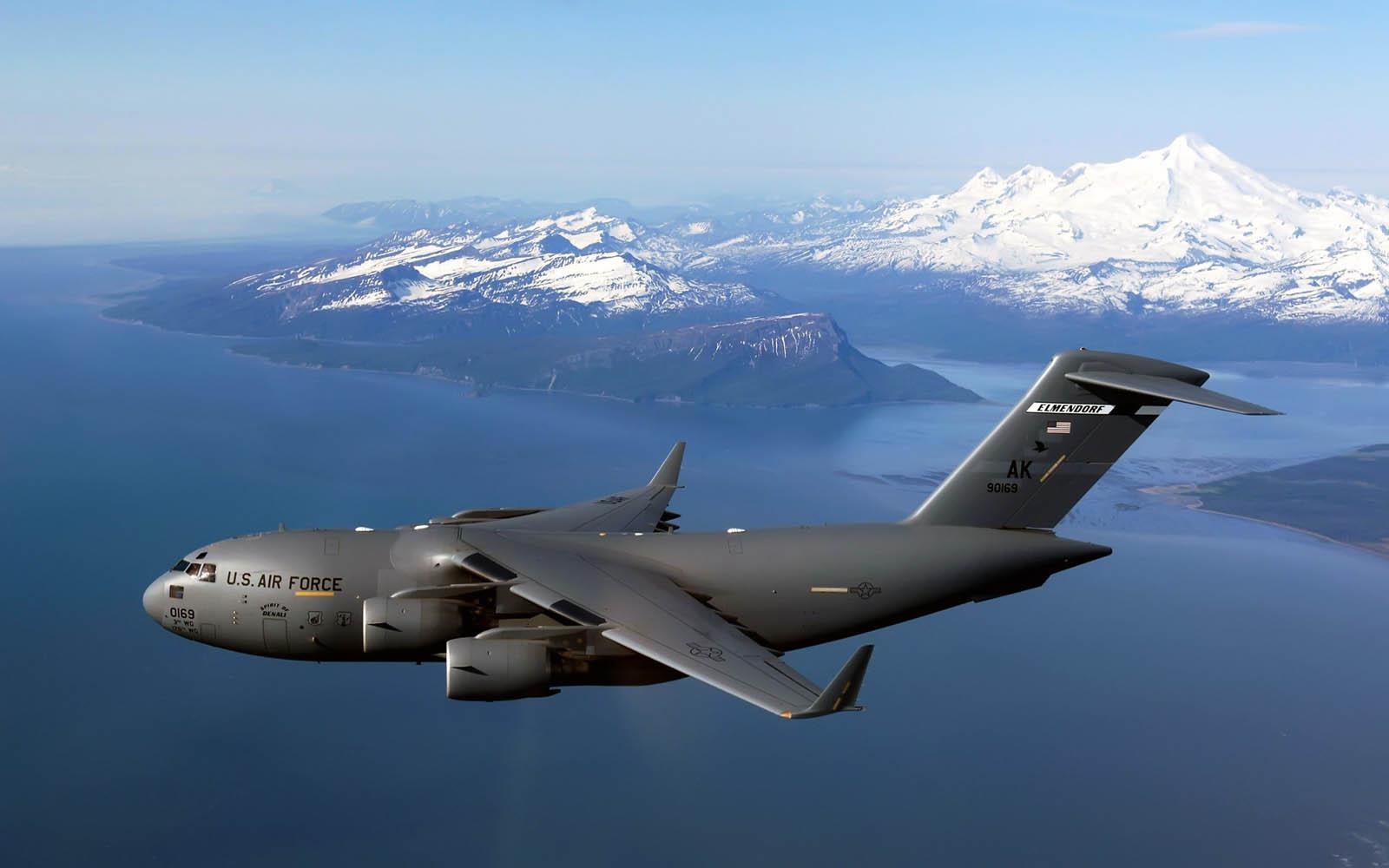
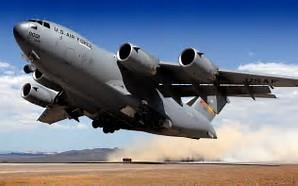
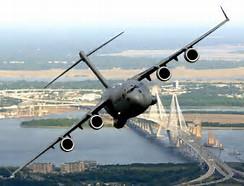

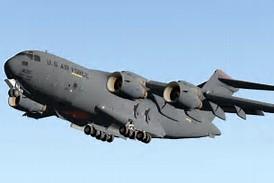
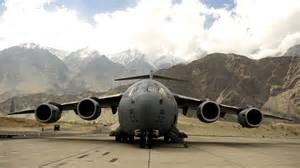
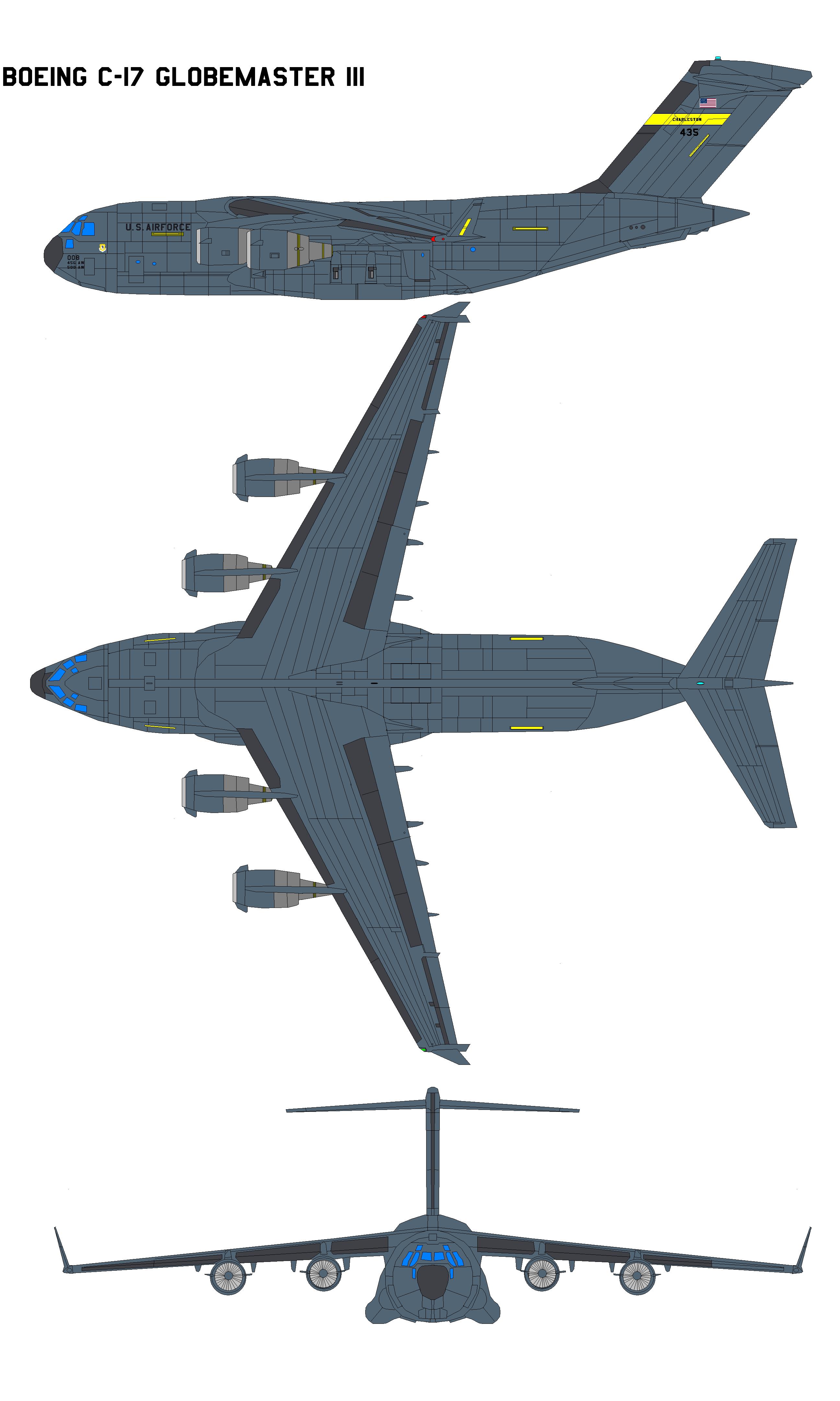
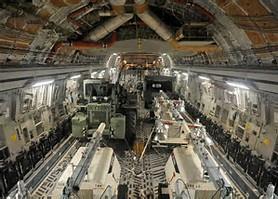
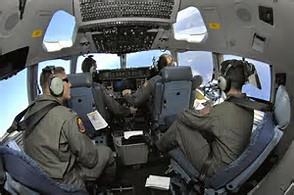
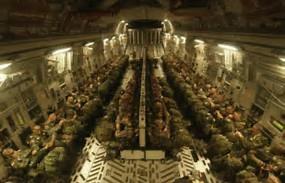
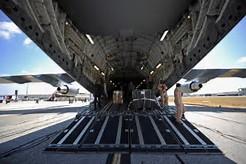
The first production C-17 was delivered to Charleston Air Force Base, South Carolina, on 14 July 1993. The first C-17 squadron, the 17th Airlift Squadron, became operationally ready on 17 January 1995. The C-17 has broken 22 records for oversized payloads. The C-17 was awarded U.S. aviation's most prestigious award, the Collier Trophy, in 1994. A Congressional report on operations in Kosovo and Operation Allied Force noted "One of the great success stories...was the performance of the Air Force's C-17A" The C-17 flew half of the strategic airlift missions in the operation, the type could use small airfields, easing operations; rapid turnaround times also led to efficient utilization.
In FY 2006, eight C-17s were delivered to March Joint Air Reserve Base, California; controlled by the Air Force Reserve Command (AFRC), assigned to the 452d Air Mobility Wing; and subsequently assigned to AMC's 436th Airlift Wing and its AFRC "associate" unit, the 512th Airlift Wing, at Dover Air Force Base, Delaware, supplementing the Lockheed C-5 Galaxy. The Mississippi Air National Guard, 172 Airlift Group received there first C-17 in 2006. The only Guard Unit to receive sequential serial number aircraft. The Mississippi Air Guard currently operates 8 C-17 aircraft. In 2011, the New York Air National Guard's 105th Airlift Wing at Stewart Air National Guard Base, New York, transitioned from the C-5 to the C-17
C-17s delivered military goods and humanitarian aid during Operation Enduring Freedom in Afghanistan and Operation Iraqi Freedom in Iraq as well as humanitarian missions in the immediate aftermath of the 2010 Haiti earthquake, the 2011 Sindh floods delivering thousands of food rations, tons of medical and emergency supplies. On 26 March 2003, 15 USAF C-17s participated in the biggest combat airdrop since the United States invasion of Panama in December 1989: the night-time airdrop of 1,000 paratroopers from the 173rd Airborne Brigade occurred over Bashur, Iraq. The airdrop of paratroopers were followed by C-17s ferrying M1 Abrams, M2 Bradleys, M113s and artillery. USAF C-17s have also been used to assist allies in their airlift requirements, including Canadian vehicles to Afghanistan in 2003 and Australian forces during the Australian-led military deployment to East Timor in 2006. In 2006, USAF C-17s flew 15 Canadian Leopard C2 tanks from Kyrgyzstan into Kandahar in support of NATO's Afghanistan mission. In 2013, five USAF C-17s supported French operations in Mali, operating with other nations' C-17s (RAF, NATO and RCAF deployed a single C-17 each).
A C-17 accompanies the President of the United States on his visits to both domestic and foreign arrangements, consultations, and meetings. The C-17 is used to transport the Presidential Limousine and security detachments. There have been several occasions when a C-17 has been used to transport the President himself, temporarily gaining the Air Force One call sign while doing so.
There was debate over follow-on C-17 orders, Air Force having requested line shutdown while Congress attempted to reinstate production. In FY2007, the Air Force requested $1.6 billion in response to "excessive combat use" on the C-17 fleet. In 2008, USAF General Arthur Lichte, Commander of Air Mobility Command, indicated before a House of Representatives subcommittee on air and land forces a need to extend production to another 15 aircraft to increase the total to 205. Pending the delivery of the results of two studies in 2009, Lichte observed that the production line may remain open for further C-17s to satisfy airlift requirements. The USAF eventually decided to cap its C-17 fleet at 223 aircraft; its final delivery was on 12 September 2013
Royal Air Force
Boeing has marketed the C-17 to many European nations including Belgium, Germany, France, Italy, Spain and the United Kingdom. The Royal Air Force (RAF) has established an aim of having interoperability and some weapons and capabilities commonality with the USAF. The 1998 Strategic Defence Review identified a requirement for a strategic airlifter. The Short-Term Strategic Airlift (STSA) competition commenced in September of that year, however tendering was canceled in August 1999 with some bids identified by ministers as too expensive, including the Boeing/BAe C-17 bid, and others unsuitable. The project continued, with the C-17 seen as the favorite. In the light of Airbus A400M delays, the UK Secretary of State for Defence, Geoff Hoon, announced in May 2000 that the RAF would lease four C-17s at an annual cost of £100 million from Boeing[68] for an initial seven years with an optional two-year extension. The RAF had the option to buy or return the aircraft to Boeing. The UK committed to upgrading its C-17s in line with the USAF so that if they were returned, the USAF could adopt them. The lease agreement restricted the operational use of the C-17s, meaning that the RAF could not use them for para-drop, airdrop, rough field, low-level operations and air to air refuelling.
The first C-17 was delivered to the RAF at Boeing's Long Beach facility on 17 May 2001 and flown to RAF Brize Norton by a crew from No. 99 Squadron. The RAF's fourth C-17 was delivered on 24 August 2001. The RAF aircraft were some of the first to take advantage of the new center wing fuel tank found in Block 13 aircraft. In RAF service, the C-17 has not been given an official service name and designation (for example, C-130J referred to as Hercules C4 or C5), but is referred to simply as the C-17 or "C-17A Globemaster".
The RAF declared itself delighted with the C-17. Although the Globemaster fleet was to be a fallback for the A400M, the Ministry of Defence (MoD) announced on 21 July 2004 that they had elected to buy their four C-17s at the end of the lease, even though the A400M appeared to be closer to production. The C-17 gives the RAF strategic capabilities that it would not wish to lose, for example a maximum payload of 169,500 pounds (76,900 kg) compared to the A400M's 82,000 pounds (37,000 kg). The C-17's capabilities allow the RAF to use it as an airborne hospital for medical evacuation missions.
Another C-17 was ordered in August 2006, and delivered on 22 February 2008. The four leased C-17s were to be purchased later in 2008. Because of fears that the A400M may suffer further delays, the MoD announced in 2006 that it planned to acquire three more C-17s, for a total of eight, with delivery in 2009-2010. On 26 July 2007, Defence Secretary Des Browne announced that the MoD intended to order a sixth C-17 to boost operations in Iraq and Afghanistan. On 3 December 2007, the MoD announced a contract for a sixth C-17, which was received on 11 June 2008.
On 18 December 2009, Boeing confirmed that the RAF had ordered a seventh C-17, which was delivered on 16 November 2010. The UK announced the purchase of its eighth C-17 in February 2012.The RAF showed interest in buying a ninth C-17 in November 2013.
On 13 January 2013, the RAF deployed two C-17s of No. 99 Squadron from RAF Brize Norton to the French Évreux Air Base. The aircraft transported French armored vehicles to the Malian capital of Bamako during the French Intervention in Mali. In June 2015, an RAF C-17 was used to medically evacuate four victims of the 2015 Sousse attacks from Tunisia.
General characteristics
Crew: 3: 2 pilots, 1 loadmaster
Capacity: 102 paratroopers or 134 troops with palletized and sidewall seats or 54 troops with sidewall seats (allows 13 cargo pallets) only or
36 litter and 54 ambulatory patients and medical attendants or
Cargo, such as one M1 Abrams tank, three Strykers, or six M1117 Armored Security Vehicles
Payload: 170,900 lb (77,520 kg) of cargo distributed at max over 18 463L master pallets or a mix of palletized cargo and vehicles
Length: 174 ft (53 m)
Wingspan: 169.8 ft (51.75 m)
Height: 55.1 ft (16.8 m)
Wing area: 3,800 ft² (353 m²)
Empty weight: 282,500 lb (128,100 kg)
Max. takeoff weight: 585,000 lb (265,350 kg)
Fuel capacity: 35,546 U.S. gal (134,556 L)
Powerplant: 4 × Pratt & Whitney F117-PW-100 turbofans, 40,440 lbf (180 kN) each
Performance
Cruise speed: Mach 0.74 (450 knots, 515 mph (829 km/h))
Range: 2,420 nmi[200] (2,785 mi (4,482 km)) ; 5,610 nmi (10,390 km) with paratroopers
Service ceiling: 45,000 ft (13,716 m)
Max. wing loading: 150 lb/ft² (750 kg/m²)
Minimum thrust/weight: 0.277
Takeoff run at MTOW: 7,600 ft (2,300 m)[200]
Landing distance: 3,500 ft (1,100 m)
Role: Strategic and tactical airlifter
National origin: United States
Manufacturer: McDonnell Douglas / Boeing
First flight: 15 September 1991
Introduction: 17 January 1995
Status: In service
Primary users: United States Air Force
Indian Air Force
Royal Air Force
Royal Australian Air Force
Produced: 1991-2015
Number built: 279
Unit cost: US$218 million (flyaway cost for FY 2007)
Developed from: McDonnell Douglas YC-15














